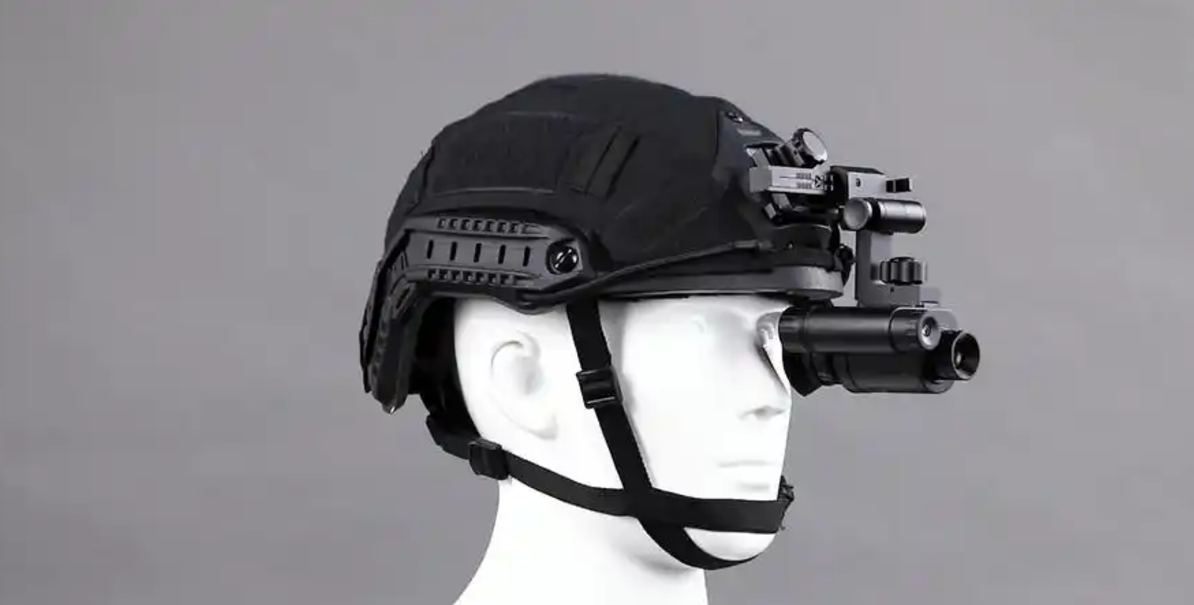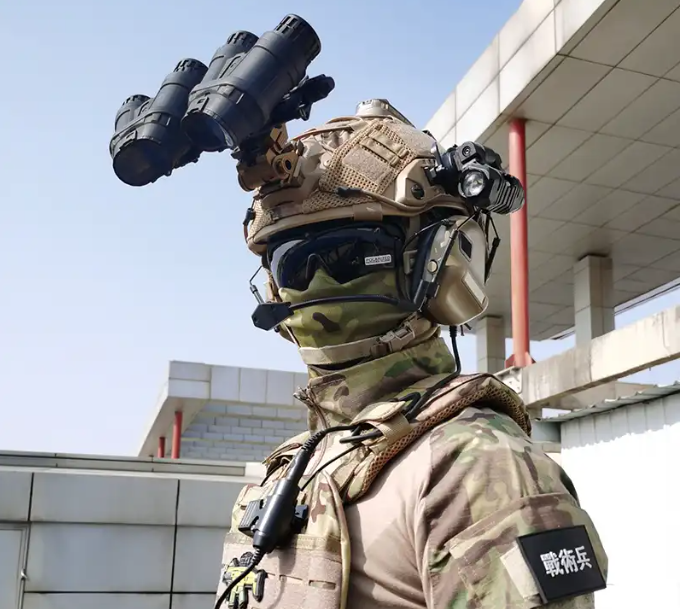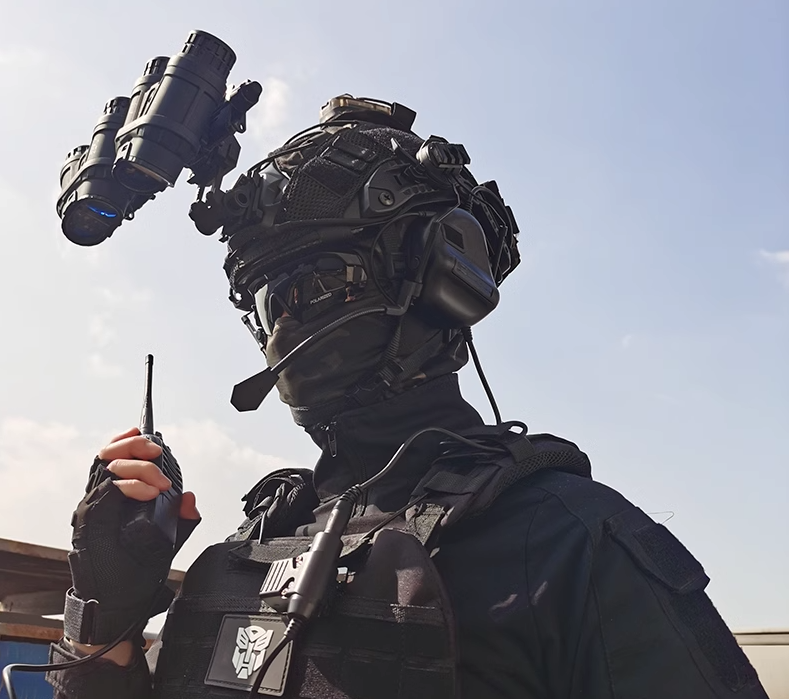Application scenario of helmet night vision in military

1、Night reconnaissance : helmet-mounted night vision devices can provide covert observation at night or in low light conditions to help scouts acquire enemy information.
2、night aiming : in night fighting, soldiers can use helmet night vision to accurately aim and improve shooting accuracy.
3、night driving : when driving at night, helmet night vision can help drivers clearly see the road ahead and ensure driving safety.
4、night repair : When equipment is repaired at night, the helmet night vision device can provide enough lighting to facilitate maintenance personnel to inspect and repair.
5、night rescue : During engineering rescue at night, helmet night vision can help rescue personnel quickly locate the danger and improve rescue efficiency.
6、night rescue : in the field rescue at night, the helmet night vision device can provide a clear vision to ensure that the medical staff can accurately treat.

Technical principle and characteristics of helmet night vision
Helmet night vision uses photoelectric conversion technology to transform invisible radiation or weak night sky light into visible light that can be felt by the human eye. There are two main types: infrared night vision and thermal imaging. Infrared night vision device uses infrared searchlight to illuminate the target and receives the reflected infrared radiation to form an image. Thermal imaging relies on the target's own infrared radiation to form a "thermal image" without emitting infrared.

Development trend and future application prospect of helmet night vision
With the advancement of technology, helmet night vision devices are developing in the direction of lighter and more efficient. For example, the Chinese armed police have been equipped with new helmet-mounted night vision devices, which are small and have strong perspective, greatly improving soldiers' combat ability at night. In the future, helmet night vision will not only be more widely used in the military, but also may play an important role in civilian fields such as astronomical observation, space exploration, space navigation and so on.


